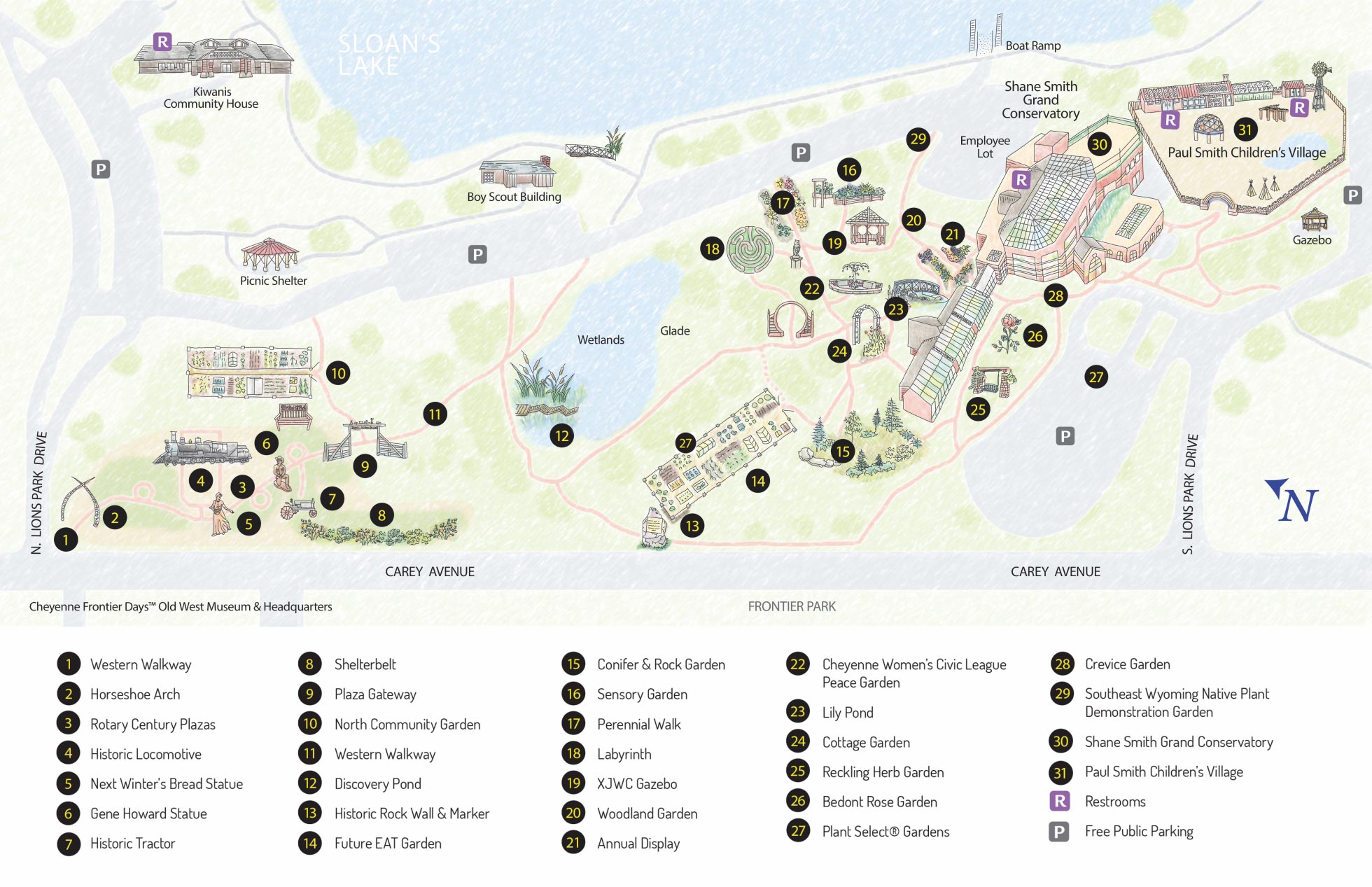There’s a quack lurking in your lawn – By Shane Smith
There are many weeds that are troublesome in our lawns, but few are as difficult to control as a weedy grass known to most as “quack grass” (Elytriga repens). This perennial weed readily invades lawns and is often confused with the annual weedy grass, “crabgrass.” While quack grass camouflages easily in a newly mown lawn, it is more visible a few days after you have mowed your lawn, because it grows much faster and has thicker blades. With its thicker and taller leaf blades quack grass rises above your regular bluegrass turf after each mowing. It also looks more rangy and rough than tradition lawn grass.
Quack grass spreads very effectively by growing long, pointy white underground rhizomes which give rise to new plants every few inches or more. These rhizomes resemble long white pipelines with occasional roots and shoots. Most broadleaf weeds (like dandelions) and annual weedy grasses (such as crabgrass) can be controlled with herbicide that selectively kills them without hurting your turf. Unfortunately, there is no herbicide that can selectively kill quack grass in bluegrass turf.
So what can you do? Your choices are usually both labor intensive and have limited effects. You can carefully dig it up with a dandelion puller and re-dig the plants and the rhizomes of quack grass every few weeks. It is a war of attrition, so to speak. Eventually you may exhaust its ability to regrow. But this can take more than one season of labor. If you try this you must be sure that each piece of rhizome is removed, as even a small piece of rhizome can grow into a new infestation. This digging works best if the soil is very thoroughly saturated prior to digging.
Another method is to apply the non-selective herbicide Roundup. To use it, allow the lawn to grow a bit past the time for mowing. This exposes the quack grass as it grows faster and taller than the normal turf. Then carefully apply the Roundup to a sponge. Wearing rubber gloves, dab the sponge on the leaf blades of the quack grass. Take caution to not let this sponge drip or touch the bluegrass turf. Then you must not mow for a few more days. With some luck, this herbicide will kill the quack grass to the roots- sparing your turf. Don’t be surprised if you see a little bit of bluegrass die near the quack grass. This should fill in after a few weeks with more bluegrass. Roundup herbicide does not work overnight. it takes at least a week or more to see any results. You may need to reapply a few weeks later. The only other alternative is severe. It involves spraying your whole lawn with roundup, killing all of the turf and then re-seed or roll out new sod.
Most people simply live with this grass and mow regularly so that the invading quack grass it is not so noticeable.



